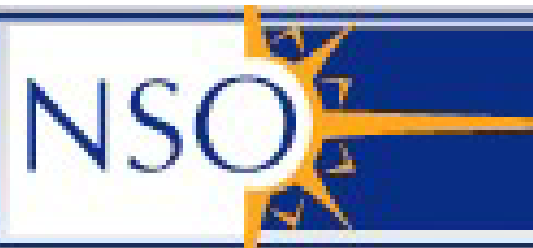Poster Abstracts
Name/Affiliation: Robert Mutel (University of Iowa)
Title:
Mapping UCD Magnetospheres Using Spectral Tomography
Abstract:
We describe a innovative approach to map the locations and stability of localized active regions of UCD magnetospheres using the pulsed radio emission as a magneto-plasma probe. The key idea is that the frequency of ECM emission directly maps the magnetic field strength at the emission source, and that the rotation of the star provides time-lapsed spatial slices of its magnetic structure, provided that the source-dependent parameters (e.g. angular beaming, refraction) can be successfully modeled. The model is based on a self-consistent description of the coronal plasma and magnetic field and will take into account ECM growth rates and ray propagation.. For each star, the model’s free parameters (e.g., rotation and magnetic field axes orientation, magnetic field strength, frequency dependence of emission beaming angle) is adjusted for best-fit with the observations. The model accounts for frequency-dependent beaming at the emission source and refraction during propagation in the stellar corona. This technique, which we denote ‘spectral tomography’, builds on previous research in the study of ECM emission from planets We show first results for two pulsed UCD’s, TVLM 0513-4656 and 2M0746+20. Wideband EVLA spectra (4 GHz — 8 GHz) show several features not apparent on previously published pulses profiles, viz. drifting pulses and both high and low frequency cutoffs. Best-fit models in both cases show that the rotation axis has an inclination ~70 deg.. The pulsed emission arises from localized magnetic loop structures with large field strengths (B~2 kG) on loops with L-shells between 1.2 and 2. The pulsed emission model, combined with gyrosynchrotron modeling of the continuous emission SED, are consistent with recent suggestions that radio-loud UCD’s have weak non-axisymmetric fields with localized regions of high field strength.




